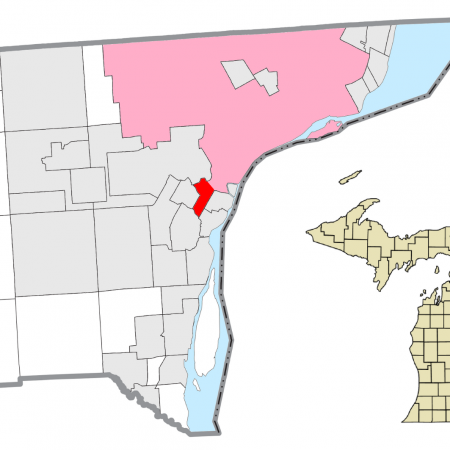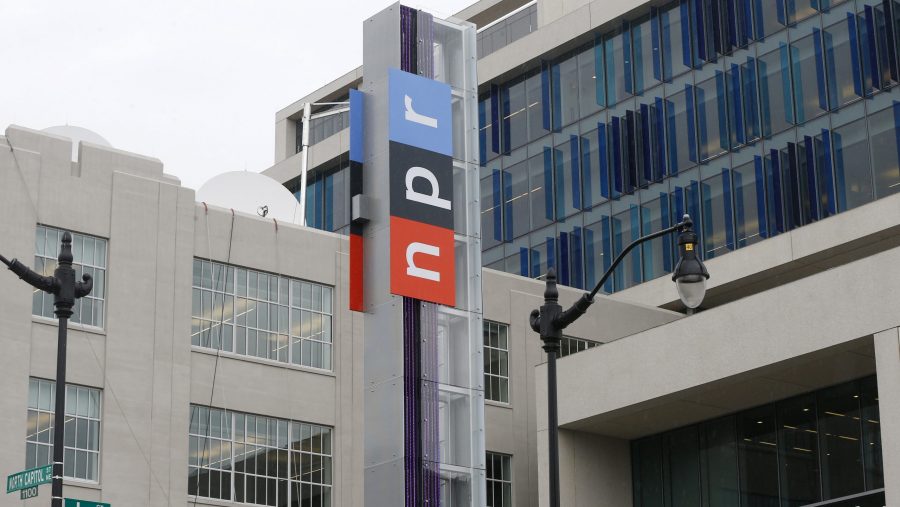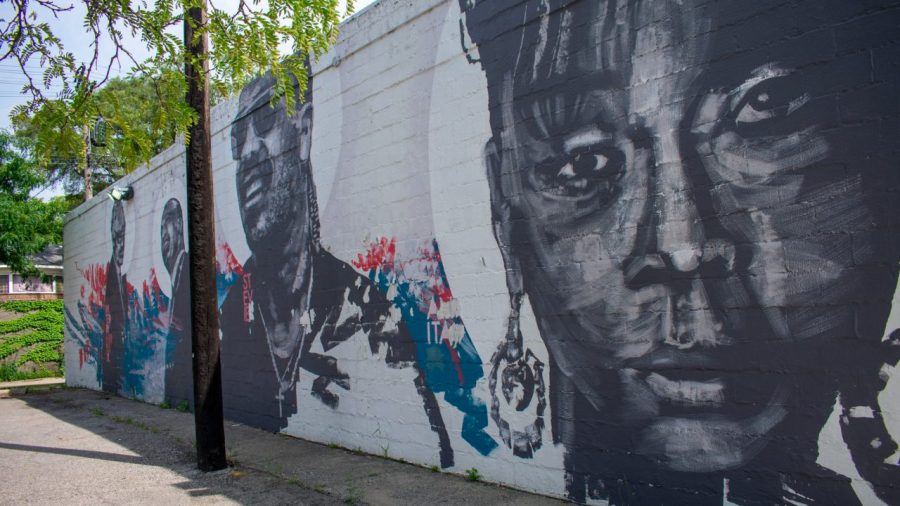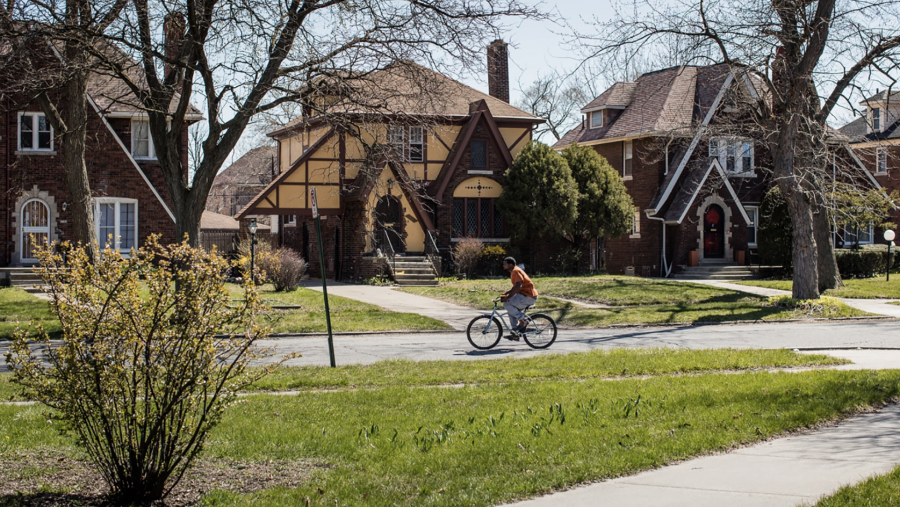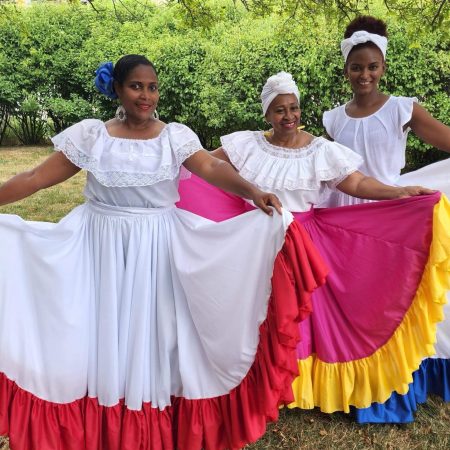CuriosiD: Where in Detroit is the community known as Dogleg?
WDET’s CuriosiD series answers your questions about everything Detroit. Subscribe to CuriosiD on Apple Podcasts, Spotify, NPR.org or wherever you get your podcasts.
In this episode of CuriosiD, we answer the question:
“Where in Detroit is the community known as Dogleg?”
The short answer
Dogleg refers to the southernmost part of the city of Detroit. It is referred to by residents as such because the outline of the area resembles the hind of a dog’s leg. But Dogleg is not its official name.
What is the official name?
That depends. Dogleg consists of two neighborhoods: Oakwood Heights and Boynton. This part of Detroit is the only section of the city that resides south of the Rouge River. The only connections to the rest of the city are bridges on Fort Street, Jefferson Avenue, and Interstate 75.
Some refer to it as the real Southwest Detroit. It’s also makes up the entirety of the zip code 48217, which has gained the moniker “the most polluted zip code in Michigan.”
Michigan’s most polluted zip code
Dogleg is surrounded by 42 major and minor polluting sources releasing toxic chemicals into the air day after day. One of the biggest offenders is the Marathon Oil Refinery.
The area also collects pollutants from industry in neighboring cities like Ecorse, River Rouge and South Dearborn, including the EES Coke Battery Plant and U.S. Steel plant on Zug Island, various scrap yard and metal crushing facilities, wastewater treatment plants, asphalt plants, power stations, and much more.
Clear the Air Michigan is a nonprofit organization focused on environmental justice in the area. They hosted the “Toxic Tour,” an expedition through Southwest Detroit, Ecorse and River Rouge of the various industries polluting the air within a three-mile radius of the area.
Theresa Landrum is a community activist and life-long resident of Dogleg.
She recalls growing up with foul odors in the air and thinking that was normal.
“I grew up with the norm of the air being dusty, and coughing or sneezing, because something has irritated me,” Landrum said.
Landrum now leads the Toxic Tours, informing people of the conditions in the area. She says the community had not met the National Air Quality Standards for more than 16 years.
Quoting environmental lawyer Nick Leonard, she said: “‘If you have a kid that’s 14 years old, your child has never breathed clean air if you live in Detroit.’ So that’s [an] impactful statement.”

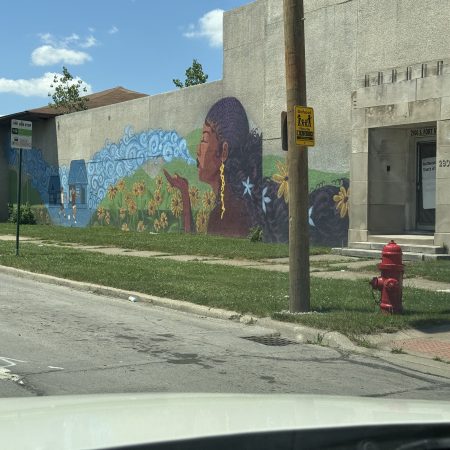

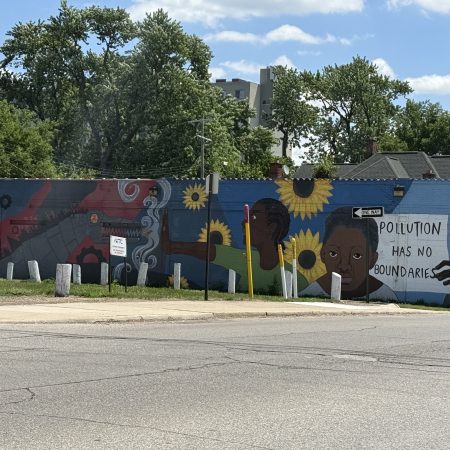
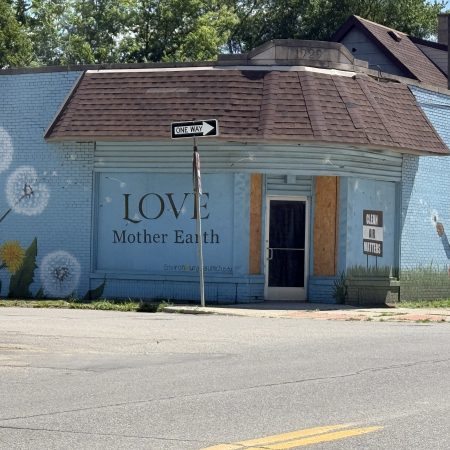
Landrum says quality of the air is so bad, that children are being born with health conditions such as asthma and residents of the area are developing rare diseases as a result of the pollution.
Samra’a Luqman is another activist with Clear the Air Michigan and a resident of South End Dearborn. She says 48217 has abnormal rates of cancer, asthma and kidney disease.
“There are people that I’ve known here in the south end who have died of nasal cancer. The number of people I know are five. I personally know that have died of nasal cancer. Nasal cancer is one of the rarest cancers in the world. There are only 2000 people that are diagnosed with it annually in the U.S.,” Luqman said.
Residents living in Dogleg continue to fight against new pollution sources and new industries in the area — from the potential sale and re-opening of a neighboring steel company to increased semi-truck traffic expected to come from the opening of the Gordie Howe Bridge.
The Toxic Tours and other activism have led to one huge step forward for the residents – an air monitoring station behind the New Mount Hermon Baptist Church by the Michigan Department of Environmental Quality.
But with the U.S. Environmental Protection Agency under attack by the Trump administration, the future of these monitoring stations is unclear.
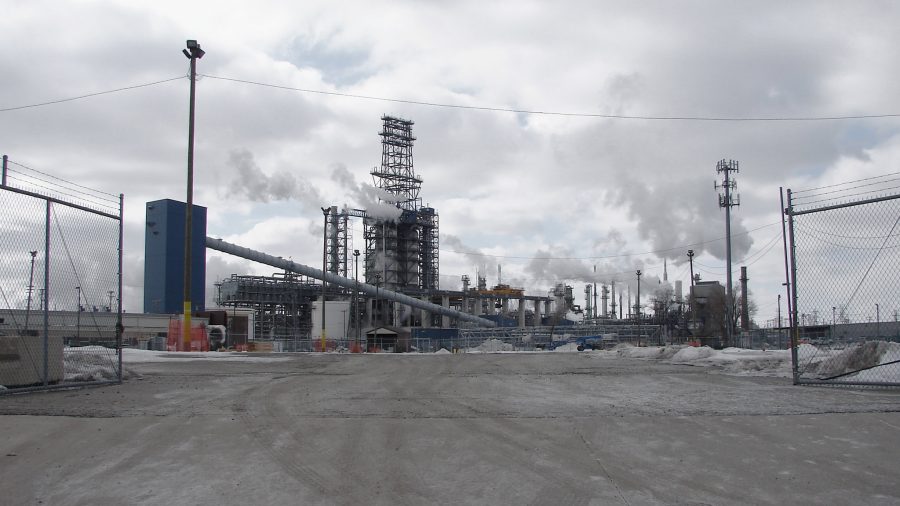
About the listener
Keith Mason first moved to the Dogleg area as a child in the 1950s. He purchased and moved back into his family home after his mother died in 2020. Mason volunteers at WDET for the Detroit Radio Information Service (DRIS) is southeast Michigan’s Radio Reading/Audio Information Service for people with disabilities.
We want to hear from you!
Have a question about southeast Michigan’s history or culture? Send it our way at wdet.org/curiosid, or fill out the form below. You ask, we answer.
More from CuriosiD:
Want more stories like this? Sign up for WDET’s weekly newsletter and never miss a curiosity uncovered.
Trusted, accurate, up-to-date.
WDET strives to make our journalism accessible to everyone. As a public media institution, we maintain our journalistic integrity through independent support from readers like you. If you value WDET as your source of news, music and conversation, please make a gift today. Donate today »The post CuriosiD: Where in Detroit is the community known as Dogleg? appeared first on WDET 101.9 FM.
